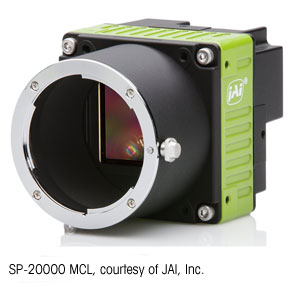
Controlling Data At Remote Sites
For the most part, remote sites with critical equipment are located in places that are difficult to access due to long distances or harsh conditions. Accessing critical information, such as equipment health and operational data at these sites can be time-consuming and costly. Also, given today’s aging industrial infrastructures, monitoring and controlling the data within these sites is more critical than ever. In fact, we are beginning to witness the consequences of not updating and maintaining outdated networks, as demonstrated by recent explosions at gas pipelines and blackouts in major cities when parts of the electrical grids have gone down.
Keeping a closer eye on these infrastructures is necessary not only to prevent loss of revenue, but more importantly, loss of life. Unfortunately, however, communicating with remote sites to proactively prevent equipment degradation is far from an easy task and may even require a four-hour helicopter ride. In order to proactively monitor and control remotely located assets, users must be able to access local sensor data. The most cost-effective and intelligent way to do this is through cellular automation.
Using Cellular Automation
Cellular automation is the concept of providing remote terminal units (RTU) with cellular connectivity to access data in hard-to-reach locations. Cellular connectivity provides fast and easy access to monitor and control business-critical applications at remote sites. This flexibility, however, also requires a level of responsibility that requires enhanced security requirements as well. In some cases, this is new ground for many users, as data security is something that many customers did not focus on in the past since they were using direct circuit connections via modem banks.
These types of connections did not require the same stringent security standards that a cellular connection over an IP network does. Therefore, as customers migrate toward IP networking and data security is mandated, sourcing and implementing new technologies to support the increasing security demands becomes necessary.
In addition to addressing more stringent security requirements, industrial users face the complexity of having multiple devices to manage and implement for an effective remote monitoring and control solution over IP. The challenge facing many customers is that, on top of their existing RTUs, they must also figure out which of many products they will require. It may be necessary to have a device for cellular connectivity, a Modbus gateway and a security (VPN) device, which is costly to deploy and complicated to administer and maintain.
refer to:http://pipelineandgasjournal.com/using-cellular-automation-monitor-and-control-assets




